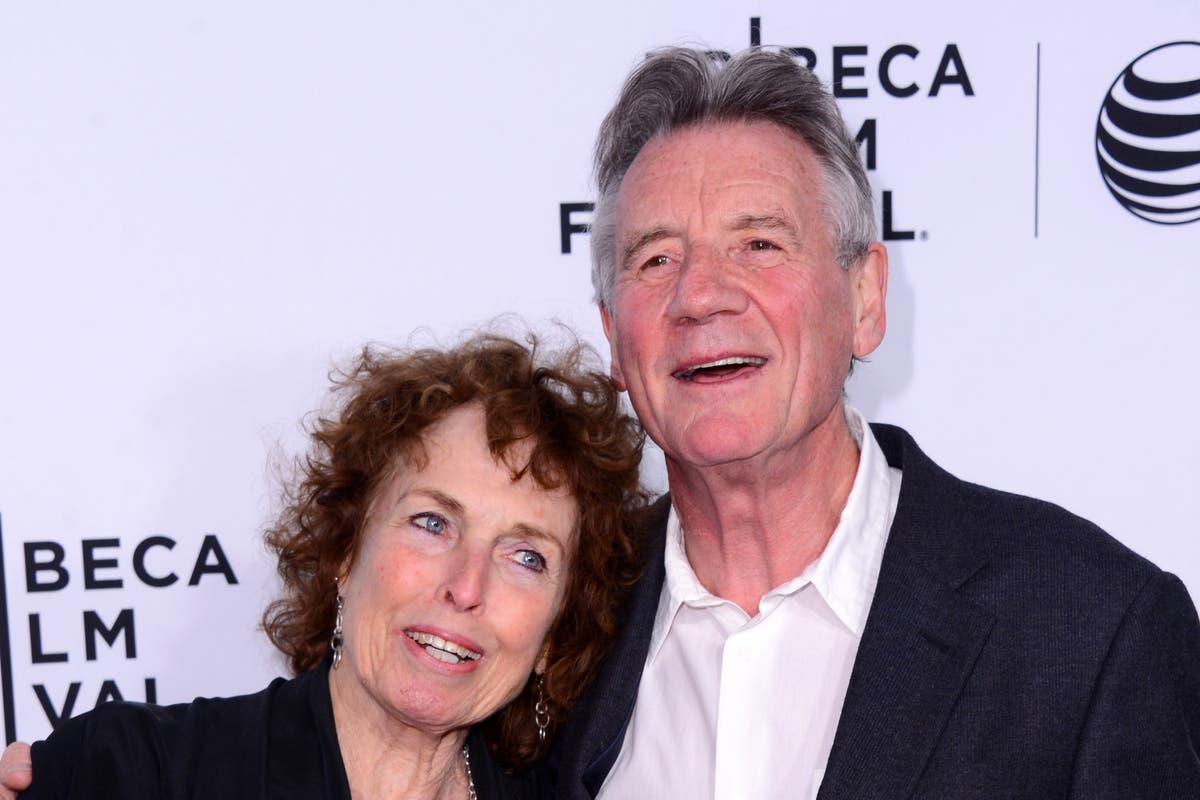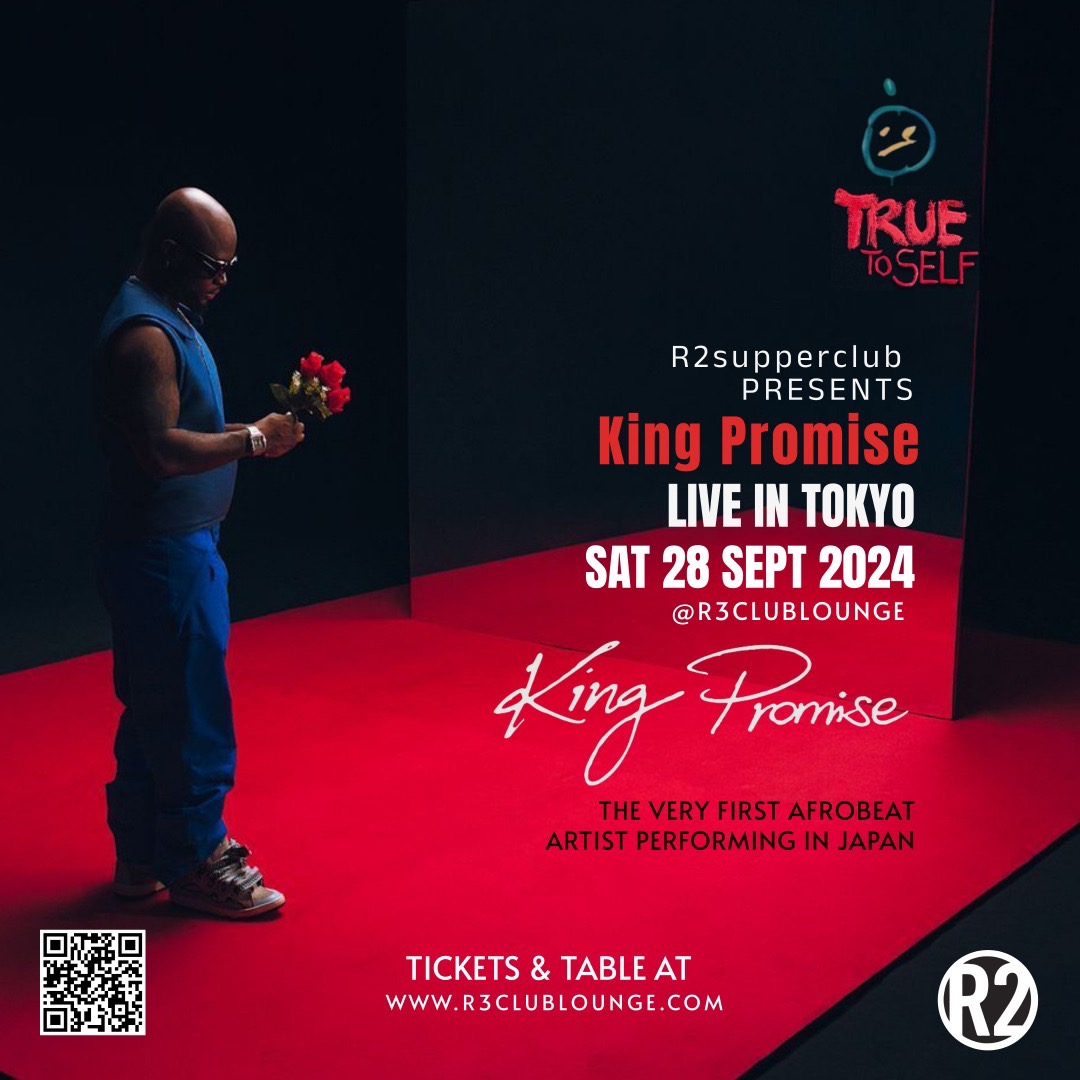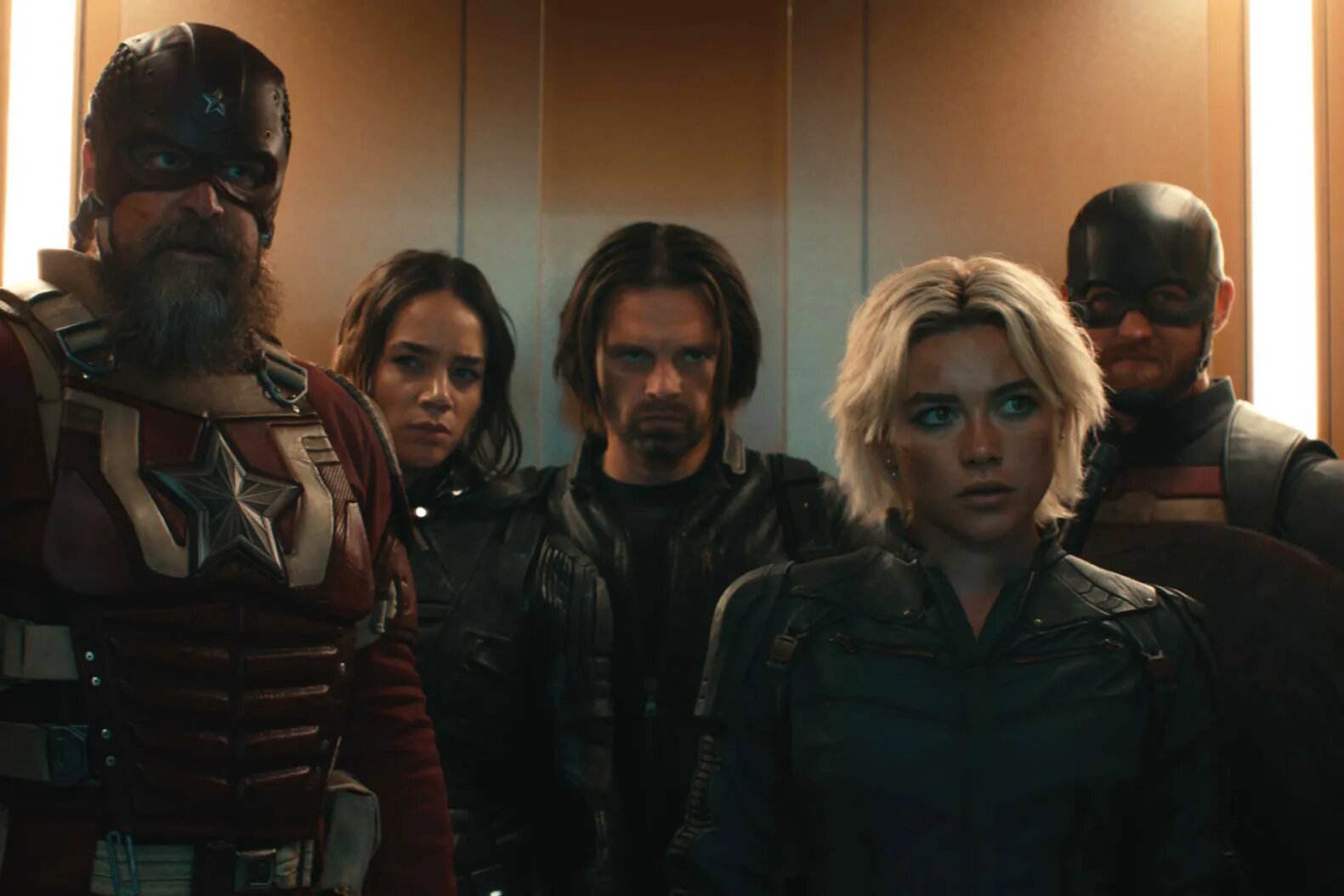It is often noted that the best way to learn about the culture of a country is to eat that country’s food. The Japanese Festival at the Missouri Botanical Garden, Aug. 31-Sept.
2, has been held annually since 1977 (except the COVID year of 2020), and the food has consistently been one of the biggest draws. In past years, the crowds — and there are always crowds — have enjoyed the likes of okonomiyaki, a savory, pancake-shaped fritter filled with cabbage and other vegetables, and chicken katsu, a fried cutlet coated in panko bread crumbs. And then there are the gyoza (steamed or pan-fried dumplings), wagashi (colored and intricately shaped confections made from sticky mochi rice, bean paste and fruit) and the spice mix called togarashi served on fries.

But if the 45,000 people (over three days) who will pack the Botanical Garden come for the food — and the cooking demonstrations, and the tea ceremonies — they always stay for the performances, and the demonstrations, and the artists. This year’s featured performer is Kanariya Eiraku, who specializes in a storytelling style called rakugo. In this style, a single performer tells a comedic story featuring many characters, which he distinguishes by using different voices.
One of the biggest draws every year is the sumo wrestlers, says Steve Mitori, a vice president of the Japanese American Citizens League. This year’s lineup includes three wrestlers (rikishi) who are massively popular in the world of sumo: Hiroki, Mendee and especially Ichinojó, who won the Emperor’s Cup, the top prize in sumo. Martial arts will be on full display, including kendo, which is notable for its use of bamboo swords.
There will also be demonstrations of koryu bugei, which is based on ancient samurai traditions, the relatively modern aikido, which is designed to allow self-protection without injuring the attacker, and karate, which of course is the best known of all martial arts. One highlight is always the carrying of the portable Shinto shrine called omikoshi; Shinto is an ancient religion that began in Japan and believes that everything from animals to trees to rocks is inhabited by spirits. Japanese music and dance are always an important part of every Japanese Festival, including the culturally significant art of drumming on drums collectively called taiko.
Kimonos, the traditional garment worn by both men and women, will be displayed in a fashion show. A demonstration of and explanation about the meditative practice of creating peaceful, miniature bonsai trees is a natural for a festival at a botanical garden. Kids and adults alike enjoy the art of origami, folding paper into recognizable shapes.
Strength and delicacy will be on display in equal measure. Koinobori, windsocks in the shape of carp, celebrate strength and perseverance because of the way the fish can swim upstream and, in legend, leap to the top of waterfalls. Delicacy, tranquility and gratitude will be shown in the tea ceremony, a tradition inspired by Zen Buddhism.
For those interested in Zen, on each day of the festival there will be an introduction to the Zen way of life. All of this and so much more makes the event one of the largest Japanese festivals in the United States. It’s also one of the oldest Japanese Festivals in the United States.
And it is held in what was, at the time, the largest Japanese garden in the United States. The garden and the festival are both outgrowths of a proud moment in St. Louis history.
After the attack on Pearl Harbor in 1941, President Franklin D. Roosevelt issued an executive order resulting in all people on the West Coast of Japanese descent, even those who were born in the United States, having to move to what were euphemistically called Relocation Centers. The centers, which were little better than prison camps, all closed shortly before or after the end of the war in 1945.
Many of the families chose to move away from their former towns and try somewhere new. By some accounts, St. Louis had a reputation as being more welcoming than most other cities in the nation.
It and Chicago were also where the jobs were, says Mitori, whose grandparents were held in the camps. The festival had its conceptual beginnings in the first Full Moon Festival held in 1960 at Grace Methodist Church. A second, larger Full Moon Festival was held at the Sheraton-Jefferson Hotel downtown in 1965.
More followed, some of them in Forest Park, Mitori says. The Japanese Festival as we know it now was started in 1977 by 24 families that had been interned in camps during the war and who were grateful for the reception they had received here. They intended it as an omiyage — a gift — to the people of St.
Louis. Around the same time, the Japanese American Citizens League brought up the idea of turning a little-used corner of the Missouri Botanical Garden into a traditional Japanese garden, centered around a four-acre lake that was already there. Peter H.
Raven, then the president of the botanical garden, took the idea and ran with it. Konichi Kawana, who designed more than a dozen large Japanese gardens in this country, was brought on to create a 14-acre space of tranquility and grace. Its official name is Seiwa-en, which indicates a garden of pure, clear harmony and peace.
.




















